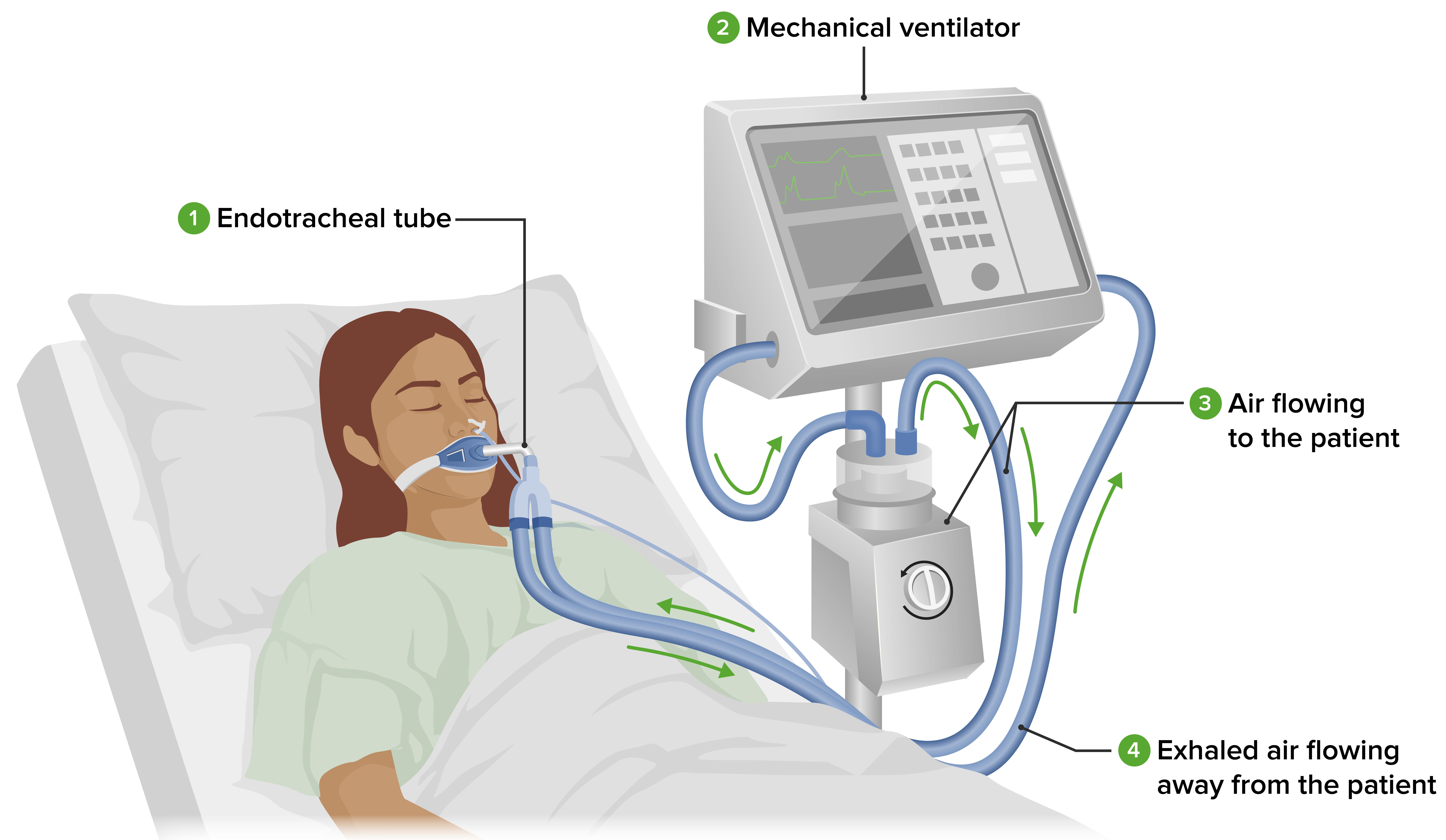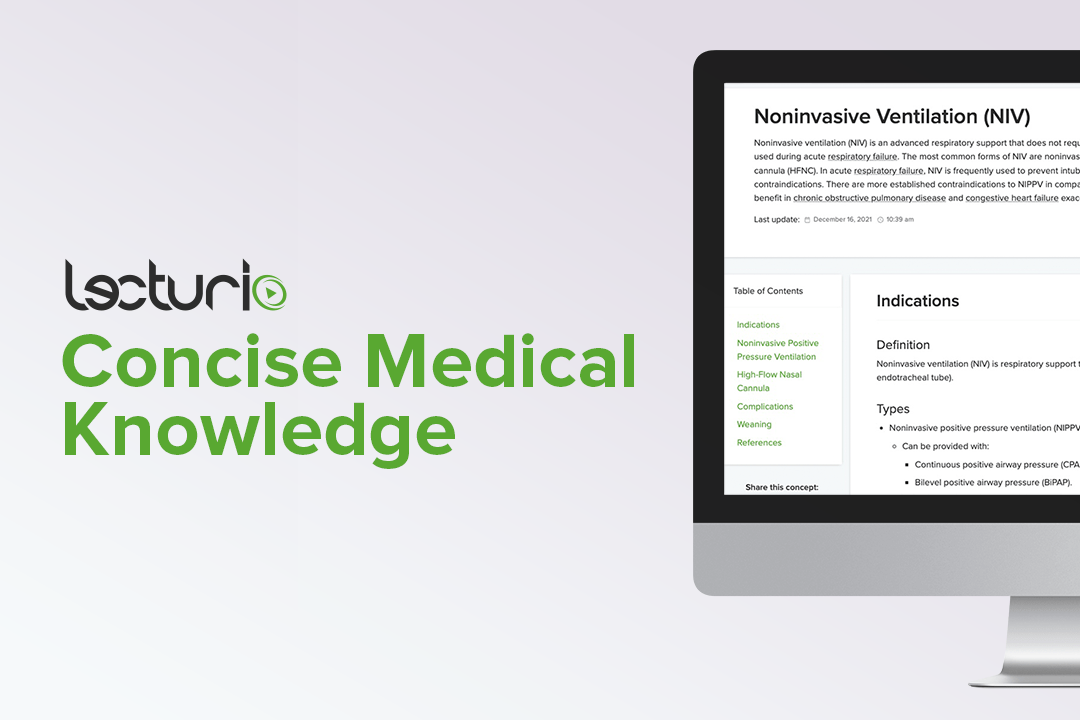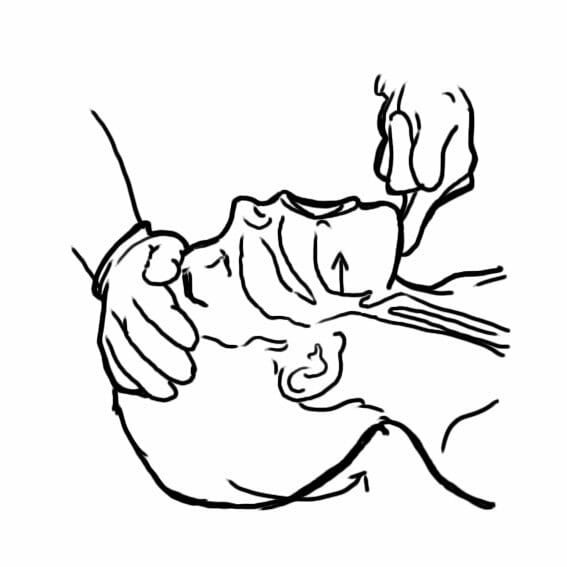Playlist
Show Playlist
Hide Playlist
My Technique – Difficult Airway
-
07 - Difficult Airway.pdf
-
Download Lecture Overview
00:00 Read and study books that describe awake intubation techniques. There are a number of different ways of doing this, and some people like to do a superior laryngeal nerve block, or a transtracheal block with local anesthetic to reduce discomfort to the patient, and reduce reflex activity. I personally do it a different way, but it's, it's not to say that my way is the right way, but this is the technique that works for me. 00:28 So the first thing I do is, I get the patient to gargle, usually 2% lignocaine lidocaine, as long as possible. I want that, I nag at them and nag at them to keep gargling. 00:40 And when they can't gargle anymore, they can swallow it. And that has the property of creating some local anesthesia in their, in their oral pharynx, in the back of their throat. And some of it may pass down through the cords and give them some upper tracheal anesthesia as well. 00:58 Provide a little bit of sedation, usually little bits of midazolam are sufficient. 01:04 Talk to the patient constantly, tell the patient what you want them to do. Grasp the tongue gently, usually with a gauze in your fingers, and pull it forward as far as you can out of the mouth, without causing the patient pain. Dribble little bits of 1% lidocaine over the tongue and down into the throat, and have the patient breathe deeply. Tell them that you really want big deep breaths. When the gag reflex is lost, and this happens fairly quickly actually, use your fiber optic bronchoscope through the mouth, or through the nose, but if you're going to use it through the nose, you have to prepare the nose with a substance that causes vasoconstriction, such as phenylephrine or cocaine, which reduces the bleeding associated with it. Before you pass the bronchoscope, make sure you've loaded a suitably sized endotracheal tube onto it. When you see the vocal cords, stop. 02:04 Don't go through the vocal chords until you've injected another 2 or 3 ml of 1% lidocaine through the bronchoscope, onto the cords. The patient will cough. But they'll cough once and then the cords will relax. 02:16 You'll then be able to pass the bronchoscope through the cords without bothering the patient. Take it down as far as the carina, where the two mainstem bronchi break away from the trachea and, or from the larynx and spray that as well. Patient will probably cough one more time, and at that point, you're ready to advance the endotracheal tube. Sometimes it gets stuck at the, at the cords, and you need to turn it a quarter turn to advance it. But usually, you can advance it right down the bronchoscope, into the patient's airway and without a whole lot of trouble at this point, and they're usually comfortable. Take out the bronchoscope, inflate the cuff on the, on the tube, hook up to your anesthetic machine, and make sure that you're getting CO2 back. So check your end-tidal CO2 monitor. Once you're sure you're getting end-tidal CO2 back, you know you're in the lungs. You can then induce the patient and start ventilating them. So in summary, we've talked about the anesthetic machine. The equipment we use in anesthesia. We've talked about the monitors that we use, both necessary monitors and monitors that we can use according to our own judgment, according to the condition of the patient. And we've talked about the nightmare. The difficulty of intubating a patient, particularly that frightening situation where you can neither intubate, nor ventilate the patient. From this, hopefully you'll be much better prepared to deal with the airway problems that are common in our population, and successfully treat patients.
About the Lecture
The lecture My Technique – Difficult Airway by Brian Warriner, MD, FRCPC is from the course Anesthesiology: Introduction.
Included Quiz Questions
According to the professor's intubation technique, which of the following should be performed FIRST?
- Gargling with 2% lidocaine solution
- Swallowing 2–3 mL of 1% lidocaine solution
- Attaching the endotracheal tube to an end-tidal carbon dioxide analyzer
- Checking a patient's gag reflex
- Dribbling 1% lidocaine solution over the tongue
Which of the following would indicate that it is the appropriate time to use the bronchoscope during the intubation procedure?
- Loss of gag reflex
- Presence of cough
- Visualization of vocal cords
- Deep sedation
- Completion of lidocaine dribbling over the tongue
Customer reviews
5,0 of 5 stars
| 5 Stars |
|
1 |
| 4 Stars |
|
0 |
| 3 Stars |
|
0 |
| 2 Stars |
|
0 |
| 1 Star |
|
0 |
respeted sir you are awesome i always hated anesthesiology and onsider it boring. sir you made my concepts so clear that now i love this branch. your ways of explaining things is best






